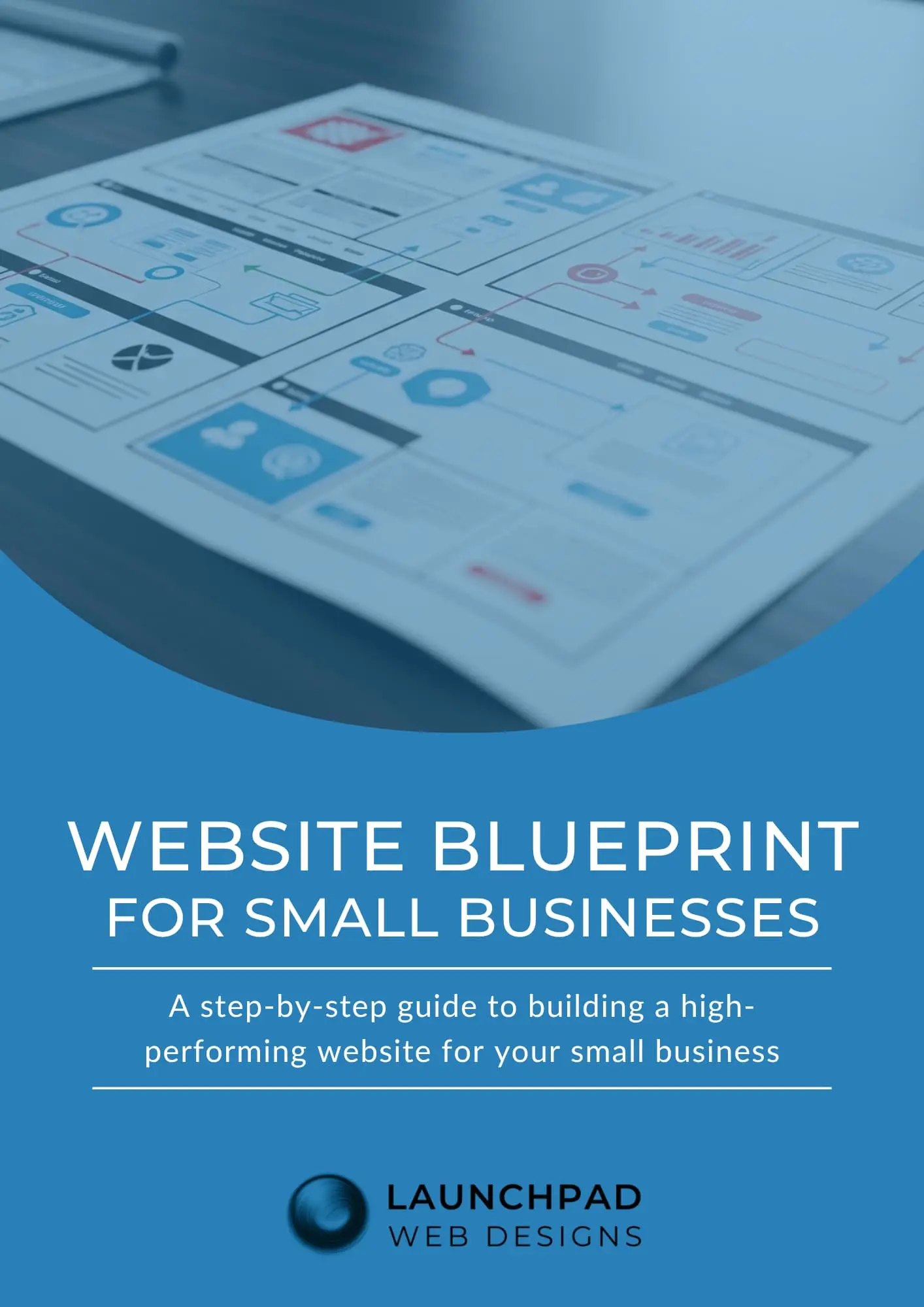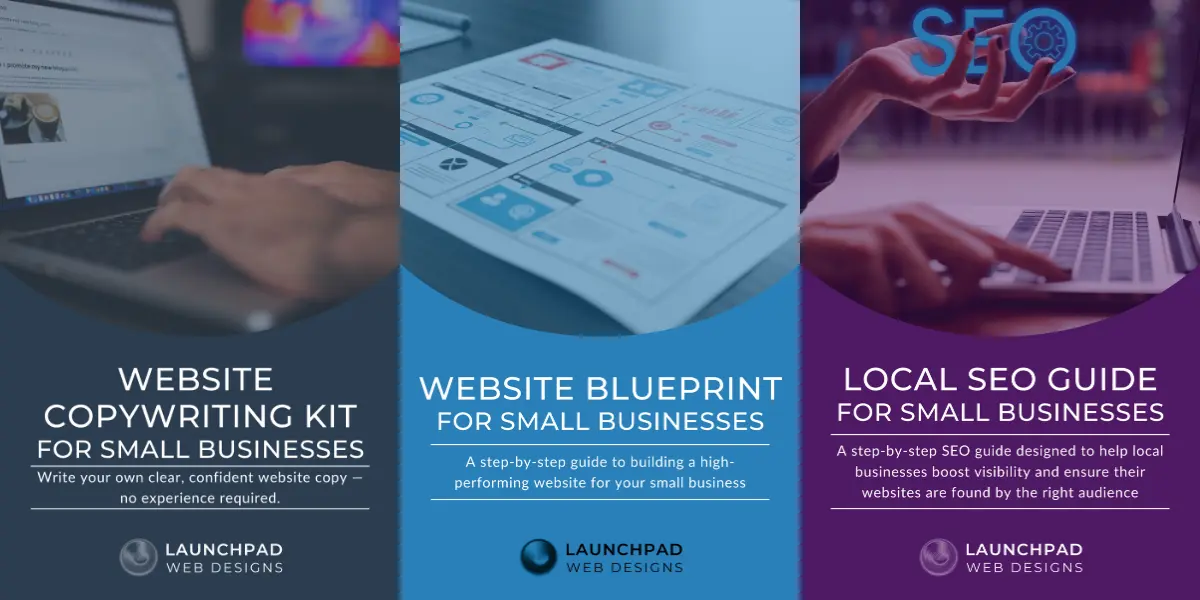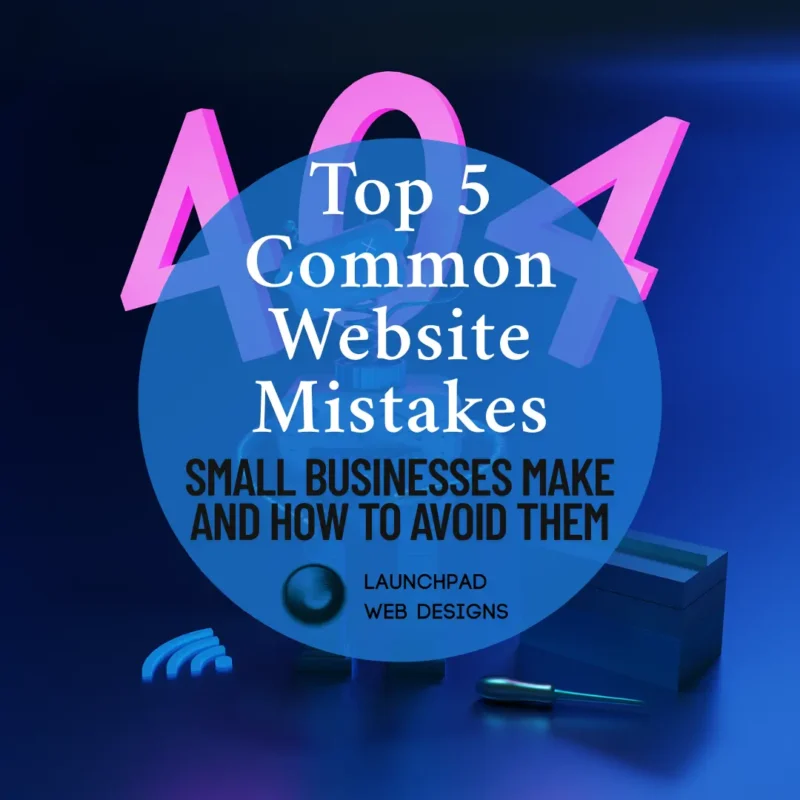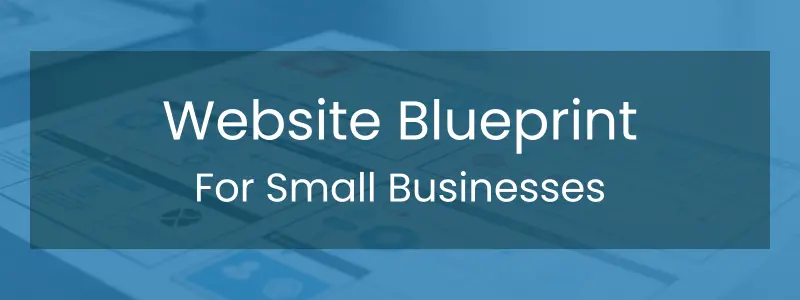Business Online, SEO, Website Design
Top 5 Common Website Mistakes Small Businesses Make
Top 5 Common Website Mistakes Small Businesses Make
(And How to Avoid Them)
If your website isn’t doing the heavy lifting you need—bringing in leads, converting visitors, or reflecting the quality of your work—you’re not alone. Many small businesses fall prey to issues that quietly undermine their online presence.
Here are the Top 5 Common Website Mistakes I see every day—and simple, actionable steps to fix them.
1. Missing a Clear Call to Action
This is one of the Top 5 Common Website Mistakes that quietly kills opportunity. Visitors arrive, scroll a bit… and leave. Why? Because they don’t know what to do next.
✅ How to Fix It
-
- Choose one primary action (e.g., “Book a Free Call” or “Get a Quote”).
- Place that CTA prominently on your homepage—consider a button in the hero section.
- Reinforce it with supporting CTAs on other pages: “Contact us,” “Learn more,” or “Sign up.”
- Make your buttons stand out with color and contrast.
When the path forward is clear, conversions become inevitable.
2. Slow Loading Times
One of the most frustrating of the Top 5 Common Website Mistakes? A slow site. Many business owners don’t realize that every extra second of loading time costs them visitors—and potential customers.
✅ How to Fix It
-
- Compress images before uploading (tools like TinyPNG help).
- Limit heavy plugins and unnecessary scripts.
- Use caching tools and a fast web host.
- Test your site’s speed with PageSpeed Insights or GTmetrix.
A faster website means happier visitors—and happier visitors stick around.
3. Poor Mobile Experience
Ignoring mobile optimization ranks high on the list of Top 5 Common Website Mistakes. Most searches happen on phones or tablets—and your website needs to look beautiful and function seamlessly on them.
✅ How to Fix It
-
- Use a responsive theme or template.
- Enlarge buttons and text for mobile screens.
- Test every page on different devices.
- Check forms to ensure they’re easy to submit on a phone.
If your site isn’t mobile-friendly, you’re effectively closing the door on more than half your potential audience.
4. Lack of Social Proof
One of the biggest Top 5 Common Website Mistakes is not showcasing the positive experiences of past clients. Without reviews, testimonials, or case studies, trust is hard to come by.
✅ How to Fix It
-
-
Gather testimonials with names and photos.
- Display them throughout your site—especially near service pages.
- Add social media feeds or links to review platforms.
-
Highlight before-and-after images or success stories.
-
Real feedback reassures visitors and gives your brand credibility.
5. Unclear or Missing Contact Information
Can you imagine falling in love with a business and realizing there’s no way to reach them? That’s exactly why unclear contact details are one of the Top 5 Common Website Mistakes.
✅ How to Fix It
- Put your phone number and email in the header and footer.
- Create a dedicated Contact page with a simple form.
- Make contact info clickable for mobile users.
- Include an optional map or location if you welcome in-person visits.
Don’t make potential clients hunt for how to connect—make it easy.
Why These Are the Top 5 Common Website Mistakes
When visitors land on your site, they’re asking one question: “Can I trust this business?” These five mistakes chip away at that trust and slow your progress.
| Mistake | Effect on Business |
|---|---|
| No CTA | Leads nowhere |
| Slow speeds | Visitors bounce |
| Mobile-unfriendly | Loses half your audience |
| No social proof | No trust |
| Bad contact info | No action |
Correcting these issues transforms your site from a digital placeholder into a trusted, revenue-generating asset.
Your Simple Action Plan
-
- Audit your site – Look for CTAs, test page speed, and try mobile navigation.
- Collect testimonials – Reach out to satisfied customers and add their words (and photos).
- Improve conversion paths – Optimize buttons, forms, and contact placement.
- Optimize performance – Compress images, use caching, remove excess plugins.
- Test user experience – Ask a friend to navigate your site on their phone and tablet.
Implement one fix per week—you’ll be amazed at how fast your website’s impact improves.
Need Help Fixing the Top 5 Common Website Mistakes?
If this list resonated and you’d rather focus on your business instead of wrestling with your website, you’re in the right place.
At LaunchPad Web Designs, we specialize in helping small businesses fix website issues that hold them back. We focus on:
-
- Clear messaging and effective CTAs
- Fast, responsive sites built for every device
- Trust-building design with real social proof
- Contact strategies that invite connection, not confusion
Let’s stop your website mistakes from slowing you down—and start turning your online presence into a powerful tool that supports your growth.
👉 Explore our services or Contact us to see how we can help.















